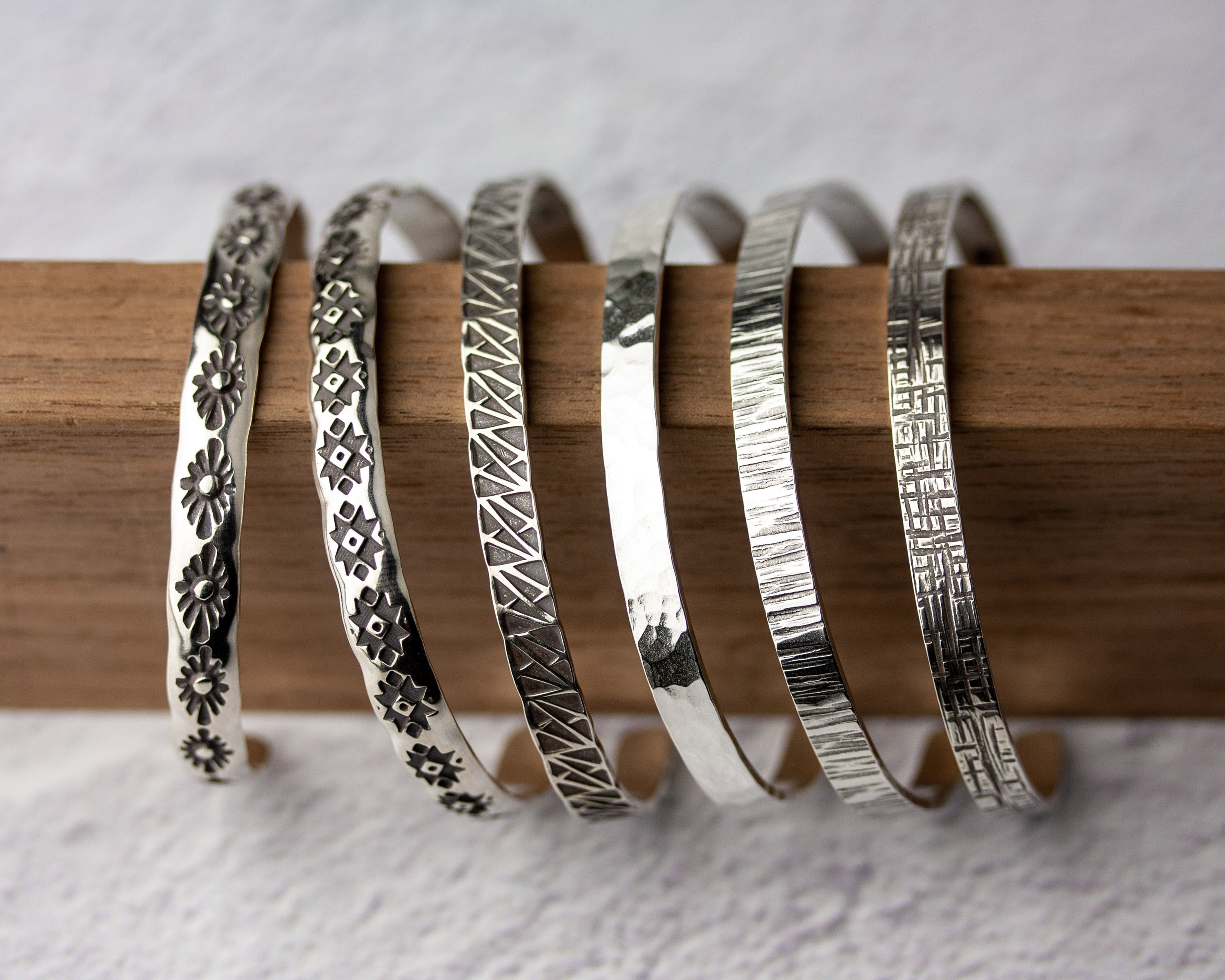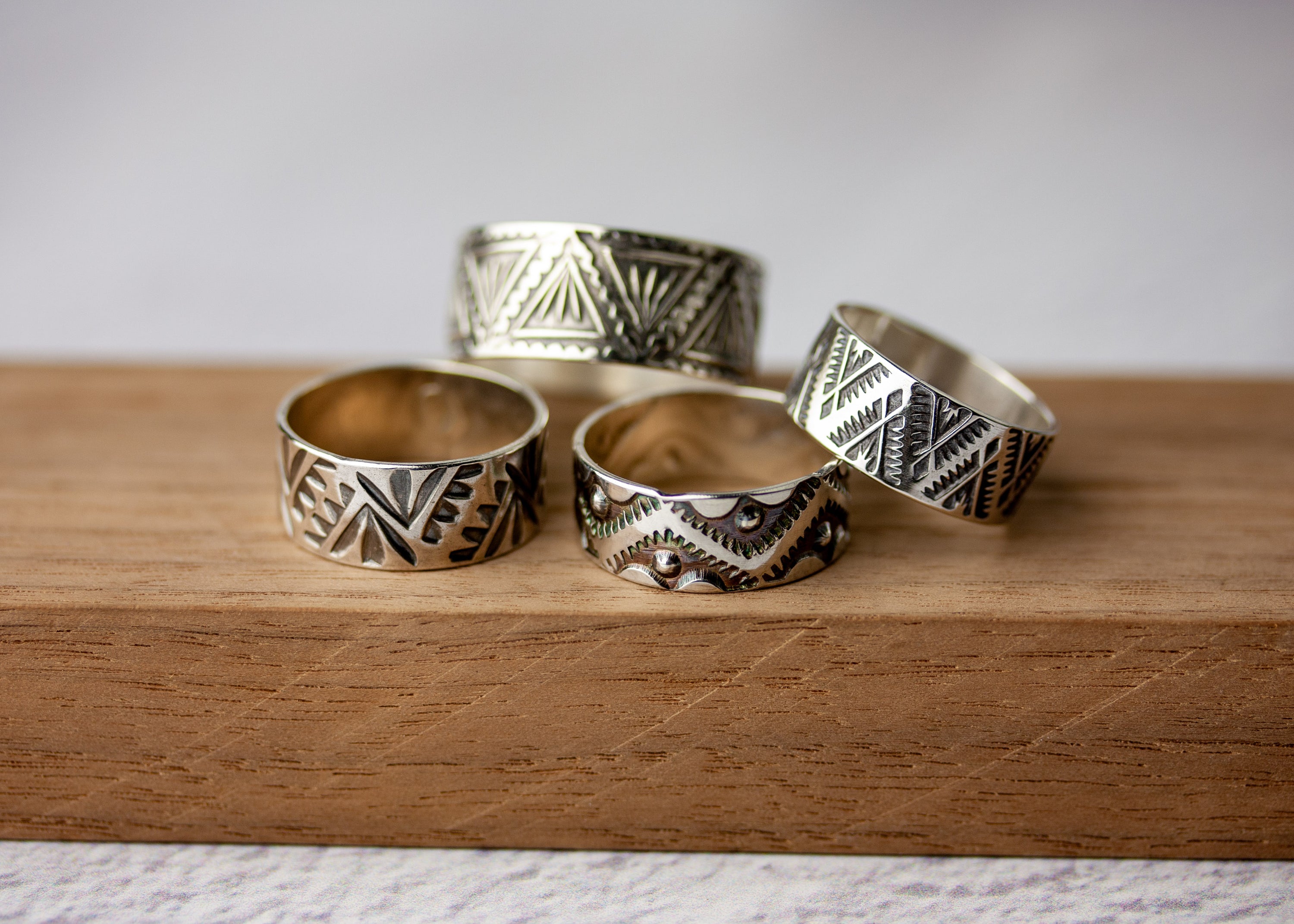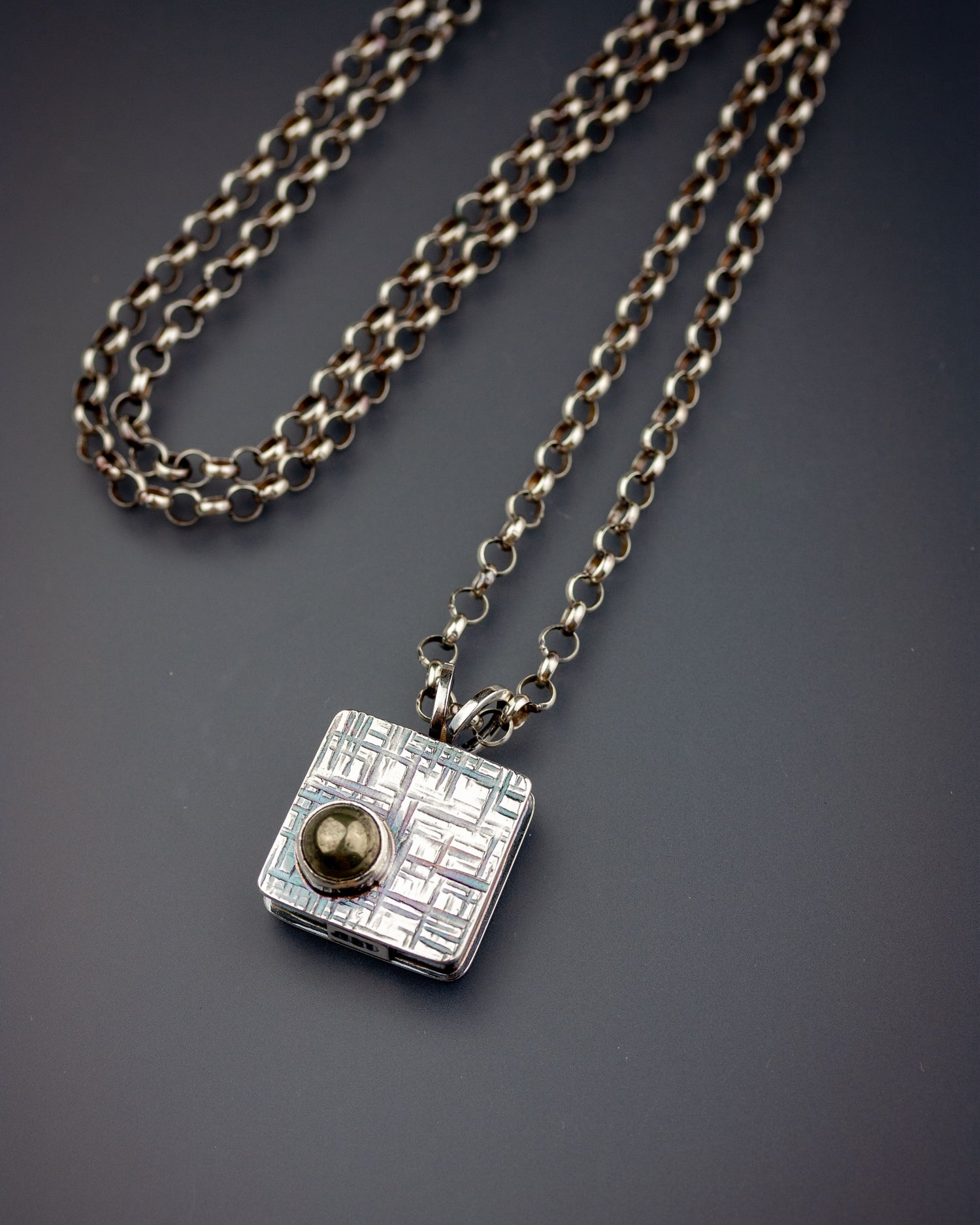What is Pyrite?
"Pie-right". I know it sounds like 'Pirate', but this metallic rock won't take over your ship.
Pyrite is a shiny iron sulfide (FeS2 for you chem nerds) that is found in a wide variety of geological environments, from sedimentary formations to hydrothermal veins and metamorphic rocks.
In fact, 90% of the earths pyrite is formed because of bacteria that remove oxygen from environments like bogs, marshes, and coal deposits. This means that the oxygen is slowly taken away creating an oxygen-free environment where sulfides react with iron to create pyrite!
The Earth is so weird!
Variations
Pyrite generally forms as cubes, but can be found in a number of other shapes, like rounded concretions or flattened disks like sand dollars. I've seen small pyrite cubes accompanying fossils in shale samples from the oil-field!
It can even replace shells of fossils, like in the Ammonite below!

What's in a name?
The word 'Pyrite' comes from the Greek pyr, meaning "fire" because sparks flew from it when struck with another metal. It is also known as "Fools Gold" because it looks so much like gold in the field.
Pyrite can, however, be associated with gold, given the hydrothermal nature of gold formation and it can contain traces of both copper and gold. Thus making it an important mineral in the search for gold deposits.
Aside from being useful in discovering gold veins, pyrite is more generally used as a source of sulfur for sulfuric acid and Copperas, which is used in the manufacture of inks, wood preservatives, and disinfectants.

Want to know more?
To dive a little deeper into pyrite, check out the following books and websites:
Books:
Mineral Science, Klein 2002
National Audubon Society Field Guide to North American Rocks and Minerals, Chesterman 1995
Websites:
www.Mindat.org
www.Geology.com
www.americanscientist.org/article/the-many-faces-of-fools-gold
So, now you know more about Pyrite! Go forward and lord your new knowledge over all your friends.






